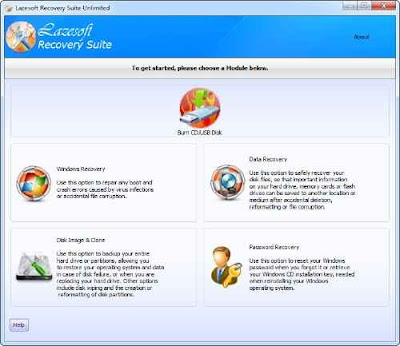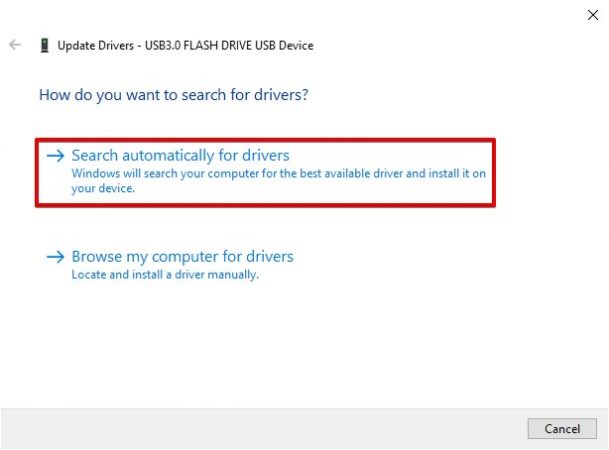

- #Toshiba usb flash recovery wipe hard drive and reinstall license key#
- #Toshiba usb flash recovery wipe hard drive and reinstall install#
- #Toshiba usb flash recovery wipe hard drive and reinstall upgrade#
- #Toshiba usb flash recovery wipe hard drive and reinstall full#

If you have a wireless connection, you must set up the link manually (a security key may be required). The computer will automatically connect to the network using an Ethernet connection. Select your region setting after the installation on the first page of the out-of-the-box experience (OOBE).Ĭlick the Skip button if you do not need to configure a second layout.
#Toshiba usb flash recovery wipe hard drive and reinstall install#
Select the hard drive (Drive 0 Unallocated Space) to install Windows 10. Also, it is not required to delete the partitions from a secondary hard drive. Warning: Deleting a partition also deletes all data on the drive. (Typically, the “Drive 0” is the drive that contains all the installation files.) Select each partition in the hard drive you want to install Windows 10 and click the Delete button. Select the “Custom: Install Windows only (advanced)” option to perform a clean install.
#Toshiba usb flash recovery wipe hard drive and reinstall license key#
Select the edition of “Windows 10” that your license key activates (if applicable).Ĭheck the “I accept the license terms” option. If Windows 10 was already activated after the installation, reactivation would happen automatically. Start the PC with the Windows 10 USB flash drive.Ĭlick the “I don’t have a product key” option if you are doing a reinstallation. To clean install Windows 10 from USB, use these steps: However, since most devices have different settings, you must check your manufacturer support website for more specific details. Also, you must ensure the computer can start from USB, which means you may need to adjust the BIOS or UEFI settings. The best way to complete a fresh installation of Windows 10 is to use a USB flash drive, which you must first create using the Media Creation Tool, Command Prompt, or third-party tools like Rufus.

#Toshiba usb flash recovery wipe hard drive and reinstall full#
It’s recommended to make a full backup of your computer before proceeding. Important: This process will delete everything on your device.
#Toshiba usb flash recovery wipe hard drive and reinstall upgrade#
This guide will teach you the different ways to perform a clean installation of Windows 10 on your computer, whether you plan to reinstall the same version or upgrade to a later release, including version 22H2, 21H2, 21H1, or 20H2. Or, if the computer does not start, you can use the Advanced startup options or mount the ISO file to File Explorer to complete a clean install. It’s also possible to use the “Reset this PC” feature to quickly wipe out the hard drive and reinstall the operating system without additional tools. You can use the Media Creation Tool to do a fresh install on a device already running Windows 10. Whatever the reason, Microsoft offers several ways to perform a clean install of Windows 10, including using a USB flash drive to set up the installation on an SSD (Solid-State Drive). Or you can use this option to delete all preloaded bloatware from the manufacturer image on a new computer. If you have had the same installation for a long time, this process can also help fix performance issues, problems shutting down and starting up, memory, and apps. Also, a clean installation is the process of choice to upgrade from an older version like Windows 7 or 8.1. The reason is that this method allows you to erase the hard drive and start with a fresh copy of Windows 10 without custom settings, drivers, apps, or files that may interfere with the upgrade process. Also, you can do a clean installation of Windows 10 with the Media Creation Tool, Reset this PC feature, Advanced startup, or ISO file.Ī clean install of Windows 10 is recommended for upgrading to the latest operating system version.To clean install Windows 10, boot PC with a USB bootable flash drive, continue with on-screen directions, skip activation, and select the “Custom” option. Then select the installation drive, click “Next,” and finish the out-of-the-box experience (OOBE).


 0 kommentar(er)
0 kommentar(er)
